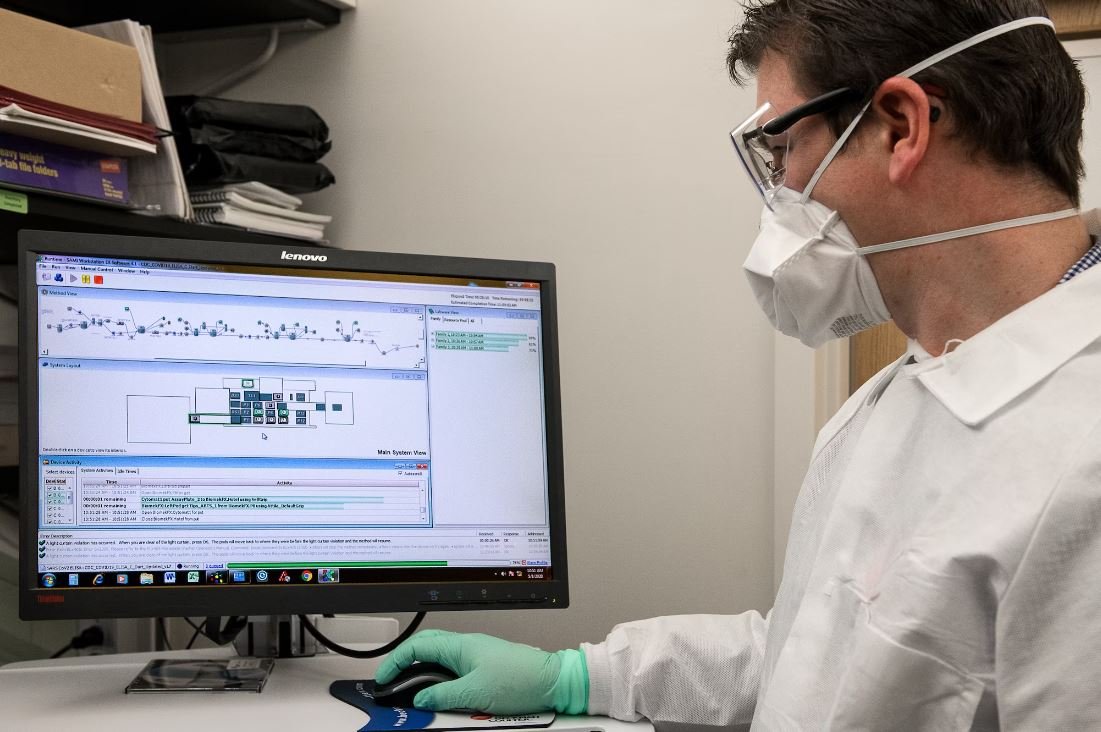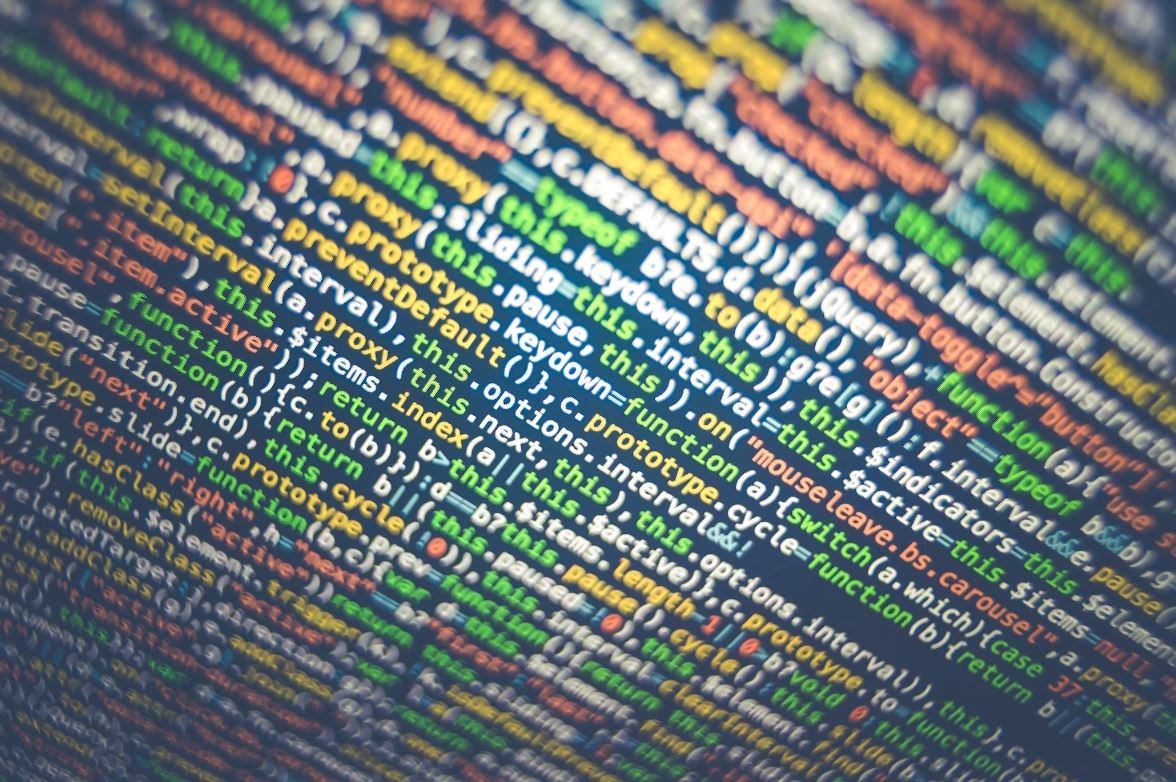Generative Composition Music
Musical composition has evolved over the years, and one exciting aspect of this evolution is generative composition music. By leveraging technology and algorithms, composers can now create music that is constantly evolving and changing, offering a unique listening experience for the audience. Generative composition music is not just limited to electronic music but is now being explored in various genres, including classical, jazz, and ambient.
Key Takeaways:
- Generative composition music utilizes algorithms and technology to create music that evolves over time.
- It offers a unique listening experience as the music is not repetitive and constantly changes.
- This form of music is not limited to electronic genres but is also explored in classical, jazz, and ambient music.
Understanding Generative Composition Music
Generative composition music is a process where composers use algorithms and computer programming to create musical structures. These algorithms generate music by following predefined rules, allowing the music to evolve over time. Unlike traditional composition, where every note is predetermined, generative composition music introduces an element of randomness and unpredictability. The result is a dynamic and ever-changing musical experience.
Generative composition music introduces an element of randomness and unpredictability.
Benefits of Generative Composition Music
Generative composition music offers several advantages over traditional composition methods:
- Uniqueness: Each performance of a generative composition is inherently unique, as the music evolves in real-time.
- Endless Variation: The use of algorithms allows for infinite variations of the generated music, providing a fresh experience with each listening session.
- Inspiration: Generative composition can inspire new ideas and musical directions, encouraging composers to explore innovative approaches to their craft.
Generative composition music offers endless variations, inspiring new ideas and musical directions.
Applications of Generative Composition Music
Generative composition music finds applications in various domains:
- Soundtracks and Film Scores: The dynamic and evolving nature of generative composition music makes it ideal for soundtracks and film scores that require a range of emotions and atmospheres.
- Ambient Music: Ambient music often aims to create a relaxing and immersive environment. Generative composition adds an extra layer of depth and unpredictability to these compositions.
- Interactive Installations: Generative composition music can be used in interactive installations, such as art exhibitions or theatrical performances, where the music adapts to the audience’s presence and actions.
Generative composition music is used in a wide range of applications, including soundtracks, ambient music, and interactive installations.
Exploring Generative Composition Methods
Various generative composition methods exist, each offering a unique approach to creating music:
1. Markov Chains
Markov Chains are mathematical models that determine the next state based on the current state. In generative composition, Markov Chains can be used to generate melodies, chord progressions, or rhythmic patterns. By analyzing a large database of musical samples, Markov Chains can generate music that follows similar patterns to the analyzed data.
2. Cellular Automata
Cellular Automata is a computational model that operates on a grid of cells, each with a finite number of states. Composers can use Cellular Automata to generate musical patterns by assigning musical elements to the different states of the cells. As the automata evolve, the musical patterns generated by each cell combine to form a complex composition.
3. Genetic Algorithms
Genetic algorithms mimic the process of natural selection to optimize a solution. In generative composition, genetic algorithms can be used to create evolving musical structures. The algorithm starts with a population of musical phrases or motifs and evolves them over generations, selecting and combining the most successful elements to create new compositions.
Data on Generative Composition Music
| Data Point | Statistic |
|---|---|
| Number of Composers | 500+ |
| Genres Explored | Electronic, Classical, Jazz, Ambient |
| Publications | 2000+ |
Conclusion
Generative composition music offers a fascinating and evolving field of music creation. By embracing algorithms and technology, composers can explore new realms of musical creativity. Whether it’s creating soundtracks, ambient compositions, or interactive installations, generative composition music offers endless possibilities for both musicians and audiences.

Common Misconceptions
Misconception 1: Generative composition music lacks creativity
One common misconception about generative composition music is that it lacks creativity because it is generated by algorithms or computer programs. However, this is far from the truth. While the initial composition may be created using algorithms, the final output is often unique and unexpected, as the algorithms create variations and combinations of musical elements that a human composer may not have considered.
- Generative composition music can produce new and innovative musical ideas.
- The level of creativity in generative music is often determined by the settings and parameters programmed by the composer.
- Generative music can serve as a tool to inspire human composers, sparking new creative ideas.
Misconception 2: Generative composition music is impersonal
Another misconception is that generative composition music lacks a personal touch or emotional depth because it is created by a machine. However, this is not the case. Generative music can be crafted to evoke specific emotions or moods, and it can still connect with listeners on a deep level. The algorithmic process can be seen as a tool used by the composer to convey their artistic vision.
- Generative composition music can be designed to elicit specific emotions or create a certain atmosphere.
- The personal touch of a human composer is still involved in guiding and shaping the generative process.
- Generative music can resonate with listeners and evoke emotional responses just like traditionally composed music.
Misconception 3: Generative composition music is only for experimental genres
There is a misconception that generative composition music is limited to experimental genres and cannot be used in more mainstream or popular styles. However, generative techniques can be applied to various genres, from ambient and electronic music to classical and even pop. The flexibility of generative composition allows for the creation of diverse musical styles.
- Generative composition can be adapted to suit different musical genres and styles.
- The use of generative techniques is not limited to niche or avant-garde music.
- Generative music can be seamlessly integrated into mainstream and popular music production.
Misconception 4: Generative composition music lacks human touch
Some people believe that generative composition music lacks the human touch and imperfections that make traditionally composed music interesting. However, generative music can still incorporate elements of randomness and unpredictability, introducing variations that mimic human performance. Additionally, generative composition can be combined with human performance or live instrumentation to create a harmonious blend of automated and organic elements.
- Generative composition music can include random elements to simulate human imperfections.
- Many generative music systems allow for real-time interaction and improvisation to add the human touch.
- Combining generative composition with live performance can create a unique fusion of human and machine elements.
Misconception 5: Generative composition music is easy to create
Contrary to popular belief, generative composition music is not necessarily easier to create than traditional music. While the generative process automates certain aspects, it still requires a high level of skill and knowledge to craft compelling and engaging compositions. The composer needs to have a good understanding of music theory, algorithms, and the specific tools or software used for generative composition.
- Generative composition music requires expertise in both music theory and programming concepts.
- Creating effective generative music often involves trial and error, experimentation, and fine-tuning.
- Mastering the intricacies of generative composition can be a complex and challenging endeavor.

Introduction
Generative composition is a technique used in music production where musical elements are created and manipulated by algorithms or rules. This approach allows for the creation of unique and ever-evolving compositions. In this article, we explore various aspects of generative composition music and present them in the form of visually engaging tables.
Table: Influences on Generative Composition
Generative composition music draws inspiration from a variety of sources and techniques. Here, we examine some of the key influences that shape this innovative approach:
| Source | Description |
|---|---|
| Algorithmic Composition | Uses mathematical formulas to generate musical elements. |
| Ambient Music | Focuses on creating atmospheric and immersive soundscapes. |
| Minimalism | Emphasizes repetition and gradual variation of simple musical motifs. |
| Electronic Music | Explores the possibilities of synthetic sounds and digital manipulation. |
Table: Notable Generative Composition Techniques
Generative composition utilizes various techniques to create dynamic and evolving musical compositions. Here are some notable approaches employed by composers:
| Technique | Description |
|---|---|
| Markov Chains | Statistical models that generate music based on patterns found in existing compositions. |
| Cellular Automata | Rule-based systems that generate evolving musical patterns inspired by biological processes. |
| Genetic Algorithms | Algorithmic evolution of musical material based on fitness and selection. |
| Chaos Theory | Utilizes the sensitivity to initial conditions to create complex musical structures. |
Table: Examples of Generative Composition Software
A multitude of software tools have been developed to aid composers in utilizing generative composition techniques. Here are some noteworthy examples:
| Software | Description |
|---|---|
| Max/MSP | An interactive visual programming environment allowing for real-time generative music creation. |
| SuperCollider | An open-source platform focusing on algorithmic composition and sound synthesis. |
| Ableton Live | A popular digital audio workstation supporting generative composition through built-in features and plugins. |
| Non-Linear Composition Environment (Nodal) | An intuitive graphical interface for creating complex generative music structures. |
Table: Benefits of Generative Composition
Generative composition brings numerous advantages to composers and listeners alike. Let’s explore the benefits associated with this innovative method:
| Advantage | Description |
|---|---|
| Unique Compositions | Generative techniques offer the creation of music that is always evolving, leading to unparalleled uniqueness. |
| Innovation and Exploration | Enables artists to explore new sonic territories and challenge traditional musical norms. |
| Limitless Creativity | Allows for the generation of an infinite number of musical possibilities beyond human capabilities alone. |
| Reduced Composer’s Block | Generative composition can act as a catalyst to overcome creative stagnation and inspire new ideas. |
Table: Renowned Generative Composition Artists
The evolution of generative composition music has been spearheaded by talented artists who have embraced this innovative approach. Here are some renowned figures in the field:
| Artist | Notable Works |
|---|---|
| Brian Eno | Ambient 1: Music for Airports, Reflection |
| Iannis Xenakis | Métastasis, La Légende d’Eer |
| Autechre | Tri Repetae, Exai |
| Holly Herndon | PROTO, Platform |
Table: Common Instruments Used in Generative Composition
Generative composition music relies on a wide range of instruments, both traditional and digital, to create its unique sonic tapestry:
| Instrument | Description |
|---|---|
| Synthesizers | Electronic instruments capable of producing a vast array of sounds and textures. |
| Piano | A versatile acoustic instrument with a rich timbre that can be manipulated electronically. |
| Sampler | Equipment used to digitally record and playback various audio sources. |
| Sequencer | Devices or software used to create and control patterns of musical events. |
Table: Generative Composition in Film and Gaming
Generative composition techniques have found applications beyond traditional music production, enriching the audio experiences in film and gaming:
| Medium | Description |
|---|---|
| Film Soundtracks | Generative music contributes to immersive cinematic experiences and dynamic soundscapes. |
| Video Games | Generative composition provides adaptive and interactive soundtracks that respond to gameplay. |
| Virtual Reality (VR) | Generative music enhances realistic virtual environments, heightening immersion. |
| Interactive Art Installations | Generative composition elements interact with the audience and respond to their actions. |
Conclusion
Generative composition music, heavily influenced by algorithmic and electronic approaches, offers composers and listeners a new frontier of creative expression. Through techniques such as Markov Chains and Genetic Algorithms, artists can explore limitless musical possibilities, creating ever-evolving compositions that challenge musical conventions. Notable software tools, such as Max/MSP and SuperCollider, enable composers in harnessing the power of generative music creation. The benefits of this approach are manifold, including unique compositions, innovative exploration, and a reduction in creative block. Renowned artists like Brian Eno and Iannis Xenakis have pushed the boundaries of generative composition, while instruments like synthesizers and pianos serve as vehicles for its expression. Moreover, generative composition techniques have extended their reach to film, gaming, and interactive art installations, further captivating audiences with immersive sonic experiences. Generative composition music continues to shape the future of the musical landscape, constantly evolving and surprising both artists and listeners alike.
Frequently Asked Questions
1. What is generative composition music?
Generative composition music refers to a method of creating music using algorithms or systems to generate musical material. It involves the use of rules, randomization, and algorithms to generate and organize music elements such as melody, harmony, rhythm, and texture dynamically.
2. How does generative composition music work?
Generative composition music works by defining rules or algorithms that govern the generation of musical elements. This can be done through programming languages, software tools, or specialized hardware. These rules determine how different musical elements relate to each other and how they evolve over time.
3. What are some benefits of using generative composition music?
Some benefits of using generative composition music include:
- Endless possibilities for musical exploration and creation
- Creation of unique and innovative musical content
- Ability to generate large amounts of material quickly
- Potential for creating ambient, atmospheric, or dynamic musical experiences
- Opportunity to break traditional compositional boundaries and structures
4. Can generative composition music be used in different genres?
Yes, generative composition music can be used in a wide range of genres including electronic music, ambient music, experimental music, classical music, and more. The rules and algorithms used can be customized to fit the desired style and aesthetic of the composition.
5. What tools or software are commonly used for generative composition music?
There are various tools and software options available for generative composition music. Some popular choices include Max/MSP, Pure Data, SuperCollider, Csound, and Ableton Live with Max for Live. Each of these tools provides a different approach and level of flexibility for creating generative music.
6. Can generative composition music be performed live?
Yes, generative composition music can be performed live. Many artists and musicians use generative systems to create real-time, interactive performances. These performances often involve improvisation and live manipulation of the generative algorithms to create unique musical experiences.
7. Is generative composition music only for experienced composers or musicians?
No, generative composition music can be explored and used by both experienced composers and musicians as well as those new to music creation. It offers a valuable learning experience for understanding musical structures, composition techniques, and exploring new creative avenues.
8. Can generative composition music be combined with traditional composition methods?
Yes, generative composition music can be combined with traditional composition methods. Many composers and musicians integrate generative systems with conventional composition techniques to add new dimensions and possibilities to their musical creations. This combination allows for the best of both worlds: the structure and intention of traditional composition alongside the unpredictability and exploration of generative elements.
9. Are there any legal implications when using generative composition music?
The use of generative composition music does not present specific legal implications on its own. However, it is important to consider copyright and licensing when using pre-existing samples or copyrighted material within generative compositions. It is advisable to use original or properly licensed materials to ensure legal compliance.
10. Can generative composition music be used commercially?
Yes, generative composition music can be used commercially, just like any other type of music. However, it is essential to ensure proper licensing and rights clearance when seeking to use generative compositions for commercial purposes. Using royalty-free libraries or creating original generative music can help address any legal requirements.




